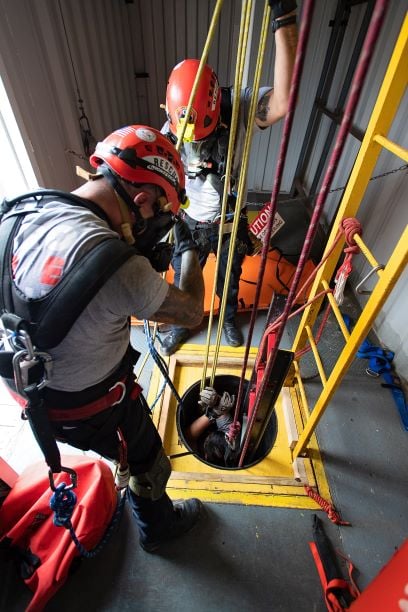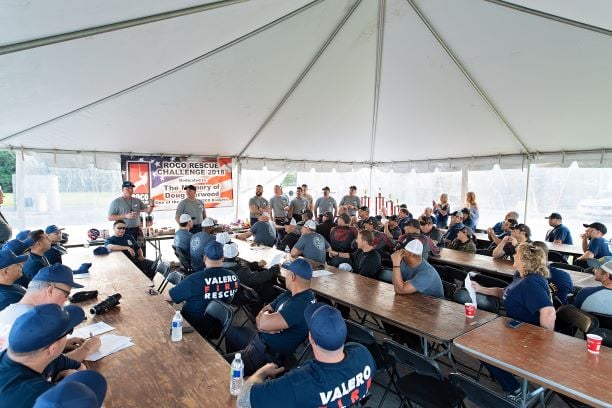We're looking for experienced, Baton Rouge area rescue professionals who have availability during off-shifts to work standby rescue services jobs at industrial facilities. If you're EMR certified and have at least 1 year of emergency response experience, you've cleared the first hurdle. If you have great rescue skills, are calm under pressure and are passionate about rescue, then you just might have what it takes.
We offer flexible, part-time scheduling so that you can fit this work in alongside firefighting or EMT shifts. We pay competitive wages with opportunities for advancement. And we will augment your rescue skills by slotting you in one of our Fast Track courses to get you NFPA 1006 certified in confined space rescue.
Register here: https://hubs.ly/H0jnJYW0
We'll make arrangements to connect with qualified applicants. If we schedule you for an in-person conversation, be prepared for a basic skills assessment, a physical readiness test and a brief interview.


 Valero Wilmington has attended Roco Rescue Challenge nearly every year since 1991 and has a stellar track record in the annual event. The safety and effectiveness of the team is a commitment taken very seriously by the group, and Challenge helps them hone their skills to the max, enhancing their culture of safety.
Valero Wilmington has attended Roco Rescue Challenge nearly every year since 1991 and has a stellar track record in the annual event. The safety and effectiveness of the team is a commitment taken very seriously by the group, and Challenge helps them hone their skills to the max, enhancing their culture of safety.
 As CFO for Roco Rescue, Cindy oversees all corporate finance and accounting-related activities. This includes leading the team that processes all the financial transactions, from purchase orders and paychecks to customer invoices. Cindy ensures that the books are in order and that the company has adequate liquidity. She provides reporting and guidance on financial matters that ensures the overall health and vitality of the organization.
As CFO for Roco Rescue, Cindy oversees all corporate finance and accounting-related activities. This includes leading the team that processes all the financial transactions, from purchase orders and paychecks to customer invoices. Cindy ensures that the books are in order and that the company has adequate liquidity. She provides reporting and guidance on financial matters that ensures the overall health and vitality of the organization.






